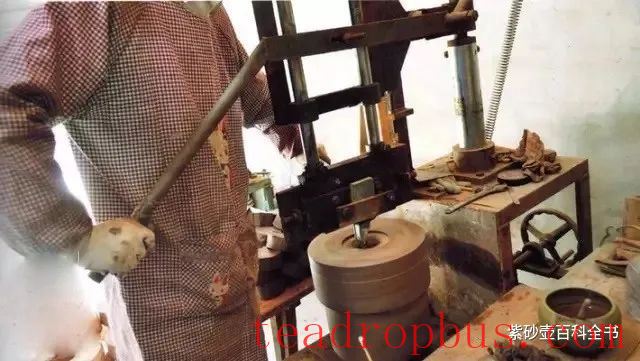Many enthusiasts say that as long as the clay is good, whether it-s fully handmade isn-t as important compared to semi-handmade (excluding machine-made and wheel-thrown). However, it-s hard to judge the quality of the clay. Nonetheless, compared to craftsmanship, clay is much more complex.
Understanding some of the craftsmanship can help you determine if a seller is misleading you, such as passing off machine-made or wheel-thrown pots as semi-handmade; or claiming a pot is fully handmade when it-s actually semi-handmade, or even machine-made.
If a seller deceives you on the craftsmanship, their integrity and character may also be questionable. In that case, the so-called high-quality clay they claim to use might not be genuine.

Poor craftsmanship usually stems from a lack of fundamental skills. Artists typically don-t use high-quality clay either. While this isn-t always 100% true, it generally holds. After all, clay and craftsmanship complement each other. If the craftsmanship is meticulous with well-executed details, the clay quality is likely decent.
In fully handmade pots, you can see the clay texture change with the curvature of the pot, causing wrinkles and shrinkage. If the potter-s bench is wooden, you might notice the texture of the bench on the inner wall in intermittent horizontal lines. Additionally, the inner seal will slightly deform but remain consistently deep, with natural joining marks.

In semi-handmade pots, the inner wall is tight and flat, showing no signs of shrinkage or seam marks. However, there will still be an inner seal, which is imprinted on the inner wall while the body is still in the mold using a soft leather stamp. The imprint is uneven, deeper at the edges and lighter in the middle, with artificial join marks appearing rigid.
In machine-made pots, the inner wall is smooth. Handmade pots do not have a smooth interior; there are handcrafted marks. Machine-made pots, due to the rolling head moving inside the body, result in a very smooth inner wall. There are no joint marks on the bottom, as the body and base are formed separately in handmade pots and then joined, whereas machine-made pots have a one-piece body and base without any seams. The clay lacks a granular feel and is generally heavier overall.

▲ Machine-made Pot During Production
Wheel-thrown pots are shaped by hand on an electric turntable, commonly seen in red clay pots like Zhu Ni. Genuine purple clay cannot be shaped on a wheel and requires the addition of glass water, kaolin, and iron oxide for coloring. A few years ago, it was easier to distinguish these, as the wheel marks were clearly visible inside the pot. Nowadays, the walls are built up higher, scraping away the spiral marks left by the wheel. However, if you look closely, you can still faintly see the circular spiral marks.

▲ Wheel-Thrown Shaping